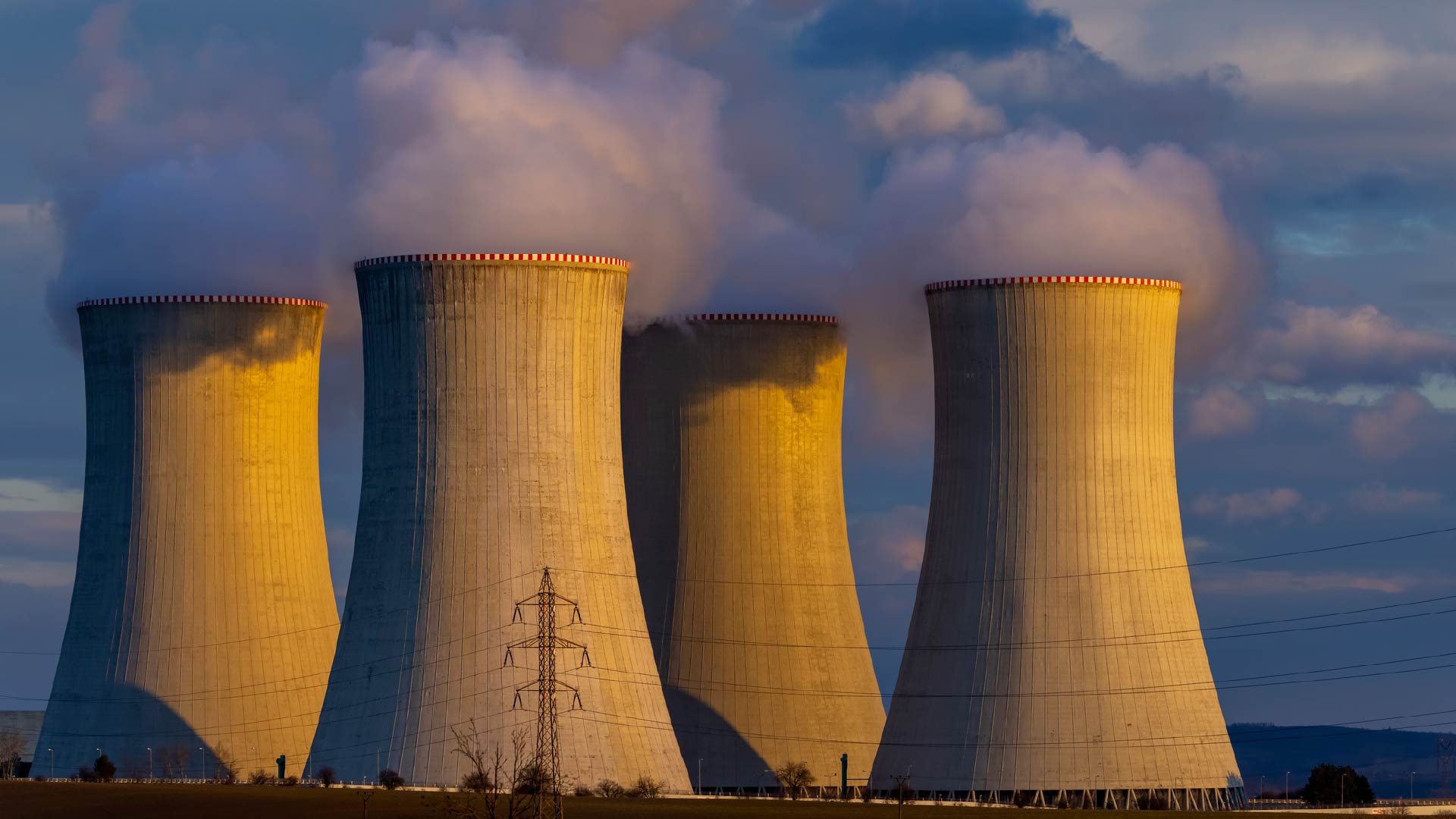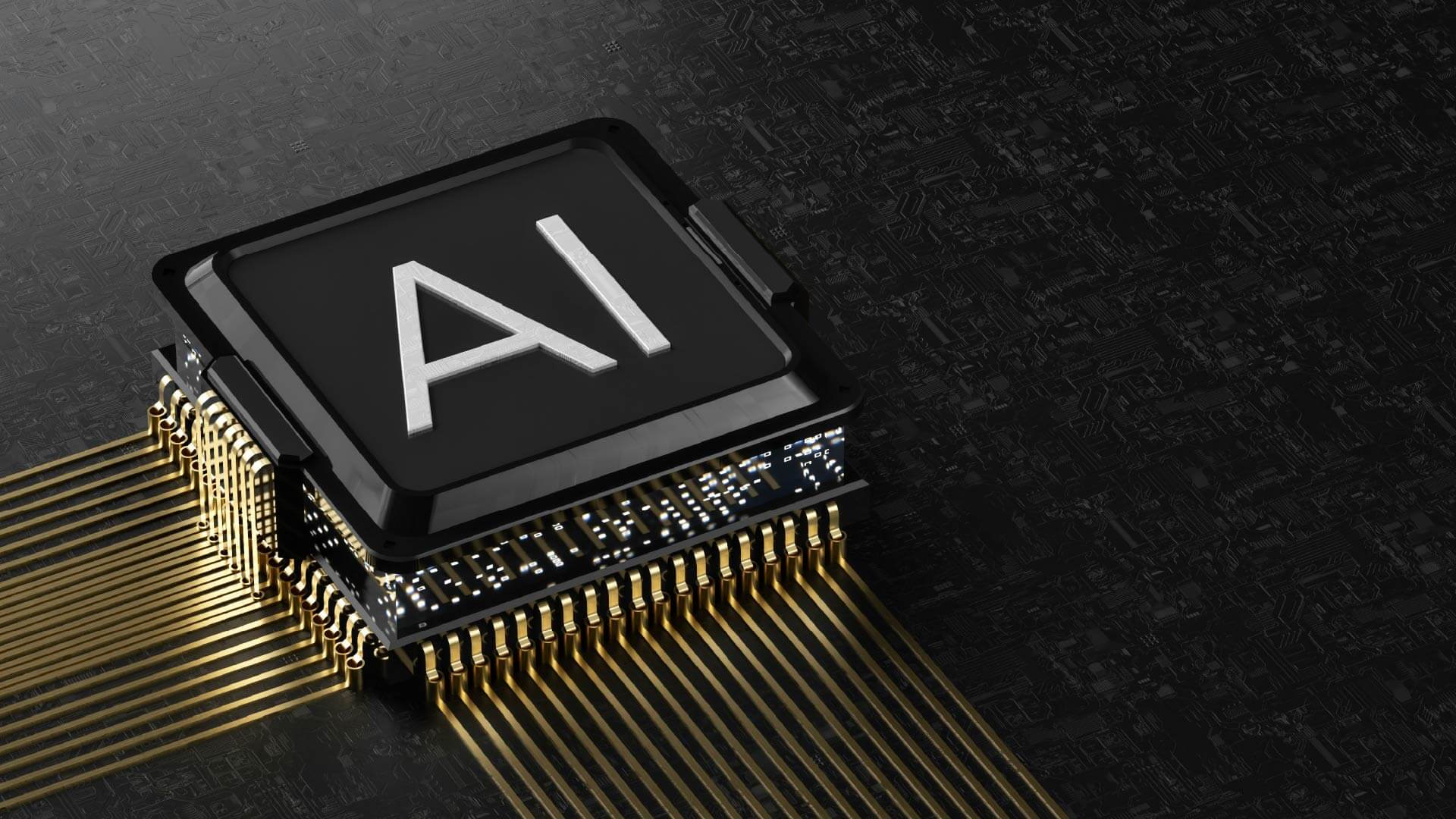Emesent Delivers High Quality Mapping And Inspections Of Industrial Assets In GPS Denied Environments

Joe Osborne
Emesent was founded in November 2018 after spinning out of the Australian science agency, CSIRO. Emesent has received funding from the US Defense Advanced Research Projects Agency (DARPA), through participation in their Subterranian challenge, and In-Q-Tel, the investment arm of the US Central Intelligence Agency (CIA). This funding has helped it grow rapidly. Emesent now has over 70 employees based out of their headquarters in Brisbane, Australia. They sell to 30 distributors in over 15 countries around the world, who deliver mapping services to the aerospace, defence, forestry, mining, railway and telecommunications industries, to name a few. According to the Verdantix Global Corporate Survey of 259 managers within operations, maintenance, engineering and process safety roles, 48% noted that COVID-19 and the economic recession would cause them to invest in drones and robots for inspections and data collection.
The use of drones for inspection and mapping is nothing new. According to the Verdantix drones market size and forecast, all inspection and mapping use cases accounted for over 80% of the total revenues in 2021 in Europe and US. Most solutions rely on cameras to capture images of an area while GPS is used to localise the drone as it flies a pre-set course. The images are then stitched together afterwards using a computationally intensive technique called photogrammetry. Using LiDAR sensors and simultaneous location and mapping (SLAM) techniques, Emesent’s Hovermap can autonomously navigate through hazardous, GPS-denied environments whilst streaming a 3D model of the assets back to the user, who can monitor the drone from beyond visual line of sight (BVLOS) in a safe location. Because Hovermap is not reliant on GPS, it can map areas and perform inspections where other solutions cannot, for example underground or in proximity of large metallic structures that interfere with the GPS signal.
After a seismic event on the 17th May 2020, Swedish mining company LKAB needed to assess the damage to their Kiruna Mine. Remote sensing specialist, AMKVO partnered with Emesent to inspect the damage. AMKVO mounted Hovermap onto a drone and sent it to inspect the mine, a dangerous and laborious task, which historically would have been carried out manually. Despite having to squeeze through tight sections with zero visibility, Hovermap yielded perfect tunnel scans. AMKVO was able to perform nearly all of the inspection on the first day. LKAB subsequently purchased three Hovermap scanners for ongoing use on their mining sites across Sweden.
Images captured by drones and robots leveraging solutions such as the Hovermap LiDAR mapping solution deliver enhanced visualisations of an industrial facility or asset to help firms improve asset reliability and integrity by providing insights for timely decision-making.
For more information and research, visit the Verdantix website.
About The Author

Joe Osborne
Analyst





